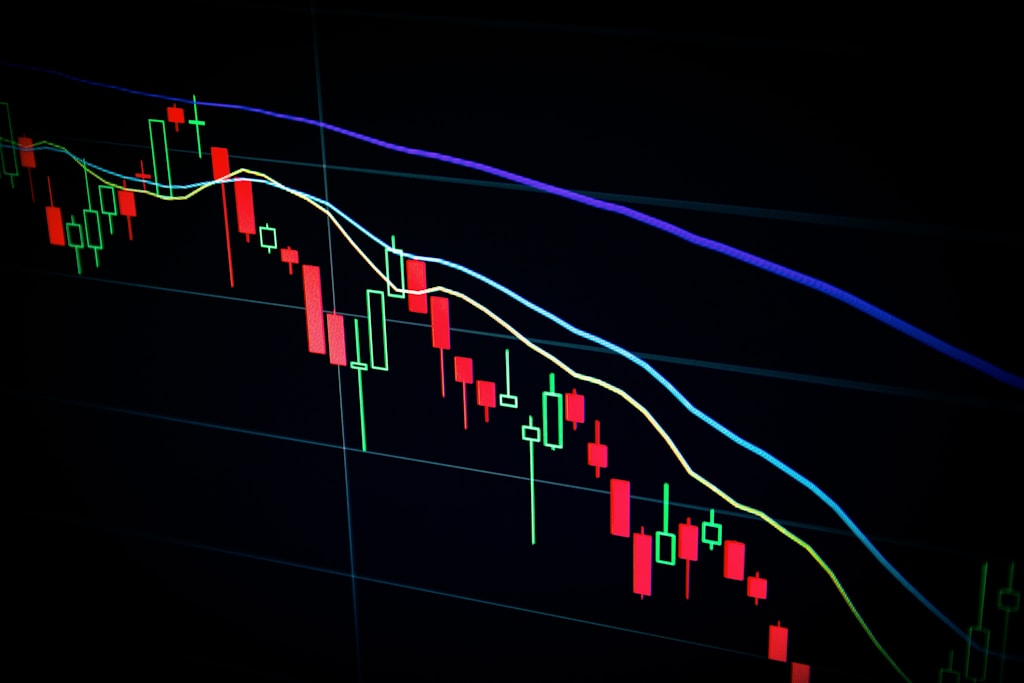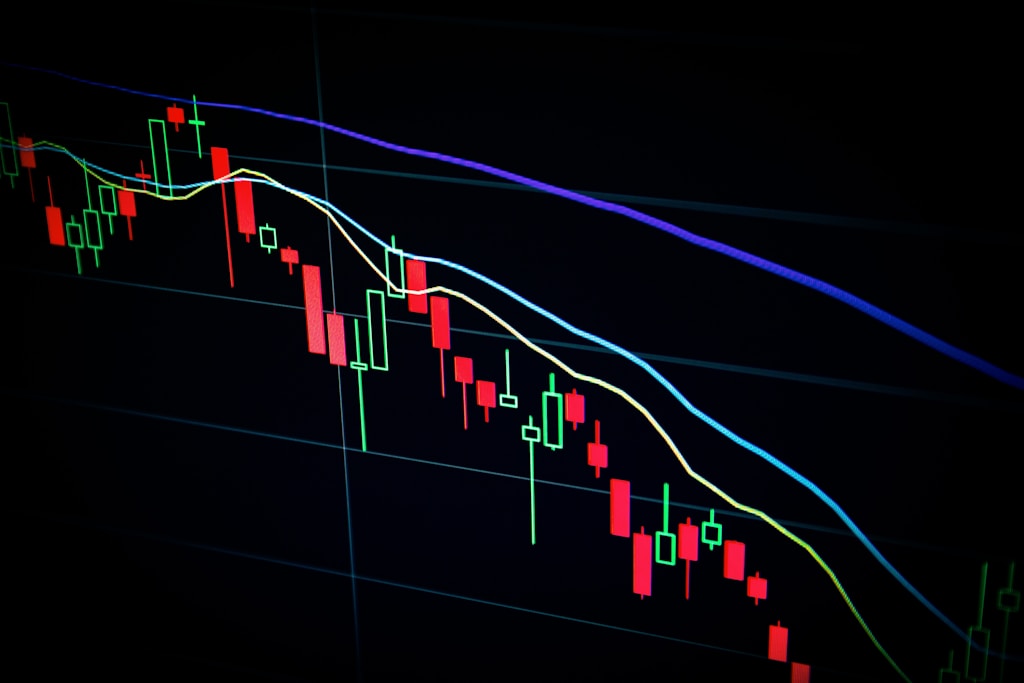Bitcoin’s price has plunged below the critical $75,000 level amid growing concerns over global tariff disputes, with short-term holders showing signs of increasing pressure. Recent market volatility triggered by tariff fears has sent shockwaves through the crypto market, raising questions about potential capitulation.
Market Analysis: Short-Term Holder Behavior Under Scrutiny
According to CryptoQuant analyst Yonsei Dent, the STH-SOPR (Short-Term Holder Spent Output Profit Ratio) metric reveals crucial insights into current market dynamics. This key indicator measures whether recent buyers are selling at a profit or loss, with readings below 1.0 signaling potential capitulation events.
Despite Bitcoin’s significant decline of over 10% in the past two weeks, the STH-SOPR remains notably resilient compared to previous correction events in 2024. The formation of a death cross at $76K adds technical significance to the current price action.
SPONSORED
Trade Bitcoin with up to 100x leverage and maximize your profit potential
Key Support Levels and Technical Outlook
The $78,000 level has emerged as a crucial support zone, with market participants closely monitoring this threshold for signs of stabilization. Technical analyst Merlijn The Trader suggests the current price range represents a “green zone” – historically significant accumulation levels reminiscent of 2015, 2019, and 2020 buying opportunities.
Frequently Asked Questions
What is causing Bitcoin’s current price decline?
The primary factors include global tariff disputes, broader market uncertainty, and potential short-term holder capitulation.
What is the STH-SOPR indicator showing?
The STH-SOPR remains above extreme capitulation levels, suggesting that while pressure exists, widespread panic selling hasn’t materialized.
What are the key support levels to watch?
The critical support zone lies at $78,000, with secondary support at $75,000.







